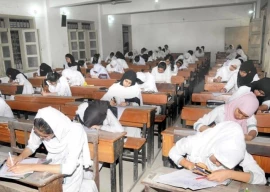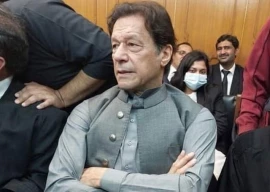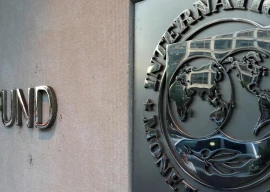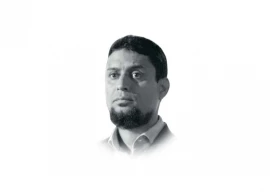
Federal Secretary for Education and Professional Training Mahmoodul Din Wani launched the Non-Formal Education Statistics Report 2021-22 of the Pakistan Institute of Education (PIE) on Thursday.
The report shows that there has been an increase in the number of non-formal education (NFE) centres and teachers, as well as a marked improvement in the registration of girls.
“To equip the new generation with education and professional training, we will have to come out of traditional teaching and take full advantage of technology,” he said and added that the PIE has published several reports on the weaknesses, problems and challenges in the education sector during the year. The Ministry of Education will benefit greatly from the PIE’s data-based reports.
Wani said that non-formal education will not only increase the literacy rate but also provide access to education for out-of-school children. He said that only through social and technical skills can we make the new generation useful and respectable citizens.
Speaking on the occasion, PIE Director General Dr Muhammad Shahid Soroya said that PIE has established the Non-Formal Education Management Information System (NFEMIS) in collaboration with JICA. With the help of this system, authenticated data of non-formal education has been collected.
He said this data includes information on learners, teachers, educational centres, educational performance, attendance records, tracking of learners, status of out-of-school children (OOSC), and centre monitoring.
He said that the purpose of the report is to present a clear picture to all stakeholders, including lawmakers, policymakers, educationists, and researchers.
According to the report, there are 27,763 NFE centres in the country, including Azad Jammu and Kashmir and Gilgit-Baltistan, with an enrolment of 919,128 students. Of these, 296,843 students have been brought into the mainstream.
Overall, 59% of the students enrolled in NFE are girls, with Sindh having the highest girls' registration rate (73%) and Azad Kashmir and Gilgit-Baltistan having the lowest (51%). Punjab has the highest number of students enrolled in NFE (46%), while Azad Kashmir and Islamabad have the lowest (2%).
79% of NFE centres are co-education centres, which has helped to increase the girls' registration rate. As a result, the rate has increased from 54% in the previous reporting period to 59%.
Of the 27,763 teachers in NFE institutions, 81% are women. The rate is 87% in Islamabad and 65% in Gilgit-Baltistan.
According to the NFE Statistical Report, after the non-formal education centres under the management of NCHD and BECS were transferred to the School Education Department, approximately 296,843 students were enrolled in the general education system.
The report says that 94% of NFE centres are for out-of-school children, while the remaining 6% are for youth and adult literacy. Of the total NFEB/ALP centres, 98% are at the primary level, while only 2% are at the middle level. These figures indicate that children who graduate from NFEB/ALP centres at the primary level have fewer opportunities to continue their education up to the middle level.
The report also states that ALP (Middle Tech) is a new educational programme that has been developed by Allama Iqbal Open University in collaboration with JICA-AQAL. It is being implemented in a hybrid mode across the country. The data also shows that 0.3% of the total NFE learners are refugees and children without state affiliation (4%). Of the foreign students, 96% are Afghan refugees, while only 4% of the children without state affiliation are of Bengali and Burmese origin. Similarly, according to the report, 2% of the total registered students are non-Muslims, of whom 86% are Hindus and 14% are Christians. It is noteworthy that 36% of non-Muslim students are girls.
The report data shows that 81% of the students registered in NFE are registered with government NFE organizations, while the remaining 19% are registered with private or development sector organizations. About 71 organisations are working in the NFE sector, of which government departments and directorates play a major role and also provide the bulk of the funding.
However, the role of the private or development sector in ensuring the right to education for all children also needs to be appreciated.
Published in The Express Tribune, April 5th, 2024.



































COMMENTS
Comments are moderated and generally will be posted if they are on-topic and not abusive.
For more information, please see our Comments FAQ